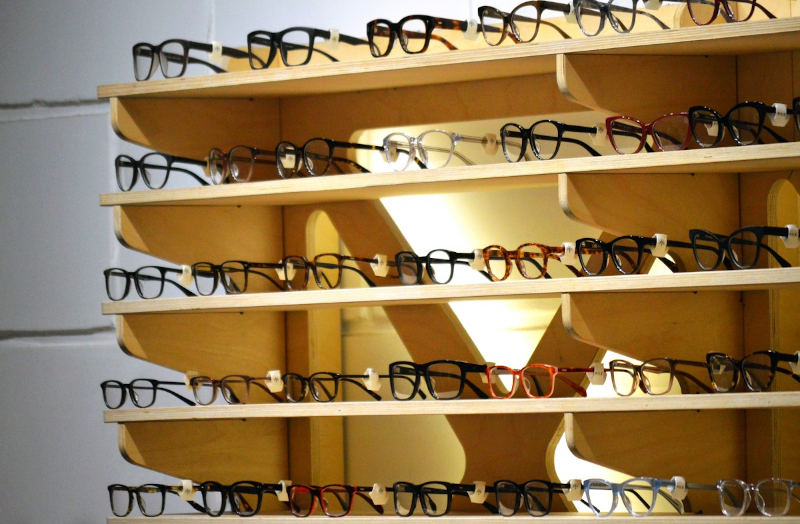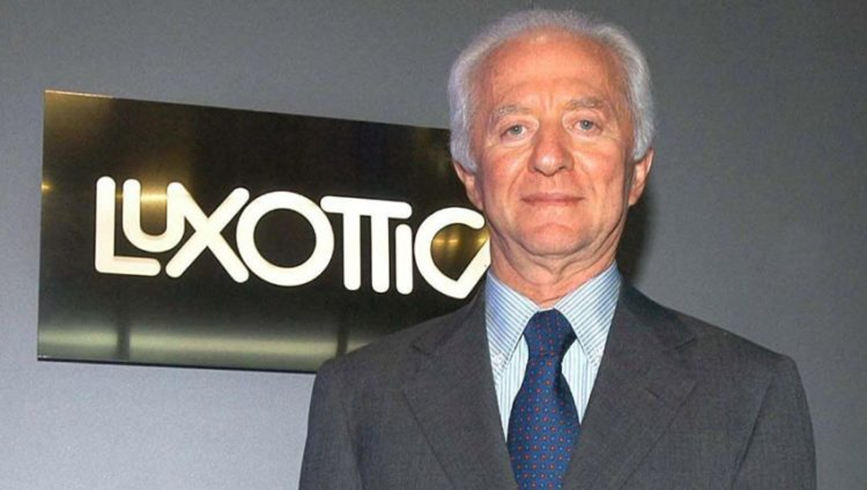
Charles R. Goulding and Joseph Castine take a look at 3D printing for glasses and why the two might interest an influential figure.
Italy’s richest man is 85-year-old Leonardo Del Vecchio, the majority owner of Luxottica, the world’s largest provider of eyeglasses. Del Vecchio made his $25 billion fortune by creating a massive network of 8,000 brick-and-mortar stores including leading brands such as Oakley, Persol, Ray-Ban, and Sunglass Hut, to name a few. In recent years, many startup eyeglass companies have used both 3D printing and e-commerce to enter this lucrative market. One of the most famous is Warby Parker, started by three Wharton grads.
3D Printed Glasses
Fitz Frames is another of these companies. They set out to provide affordable 3D printed eyewear for children ages 3+. Generally, the prices of a standard pair of glasses range from $50-$1000 depending on the prescription and frame design, with the average at $196. This is expensive, especially for children who may outgrow as many as two pairs of glasses per year. Fitz Frames set out to provide an affordable solution to this ever-growing glasses cost by implementing 3D printing for their glasses frames. Fitz uses a proprietary app that uses facial scanning features present in most new smartphones to virtually fit the glasses which will then be manufactured through 3D printing. Fitz can offer these glasses at $95 per pair or $185 per year with two lenses and unlimited frames.
Another one of these e-commerce 3D printing glasses companies is Specsy. Specsy works with opticians and glasses storefronts to provide them with a system that can scan customers’ faces and develop a 3D model tailor fit for them. In addition, Specsy provides this service on their website for a direct customer interface in which they can scan and virtually try on different glasses styles. Specsy’s goal is to provide one-of-a-kind tailor-fit glasses for each customer using 3D printing technology.

Any US-based company engaging in 3D printing R&D work should consider taking the R&D Tax Credit.
The Research & Development Tax Credit
Whether it’s used for creating and testing prototypes or for final production, 3D printing is a great indicator that R&D credit-eligible activities are taking place. Companies implementing this technology at any point should consider taking advantage of R&D Tax Credits.
Enacted in 1981, the now permanent Federal Research and Development (R&D) Tax Credit allows a credit that typically ranges from 4%-7% of eligible spending for new and improved products and processes. Qualified research must meet the following four criteria:
- Must be technological in nature
- Must be a component of the taxpayer’s business
- Must represent R&D in the experimental sense and generally includes all such costs related to the development or improvement of a product or process
- Must eliminate uncertainty through a process of experimentation that considers one or more alternatives
Eligible costs include US employee wages, cost of supplies consumed in the R&D process, cost of pre-production testing, US contract research expenses, and certain costs associated with developing a patent.
On December 18, 2015, President Obama signed the PATH Act, making the R&D Tax Credit permanent. Since 2016, the R&D credit can be used to offset Alternative Minimum Tax (AMT) or companies with revenue below $50MM and, startup businesses can obtain up to $250,000 per year in cash rebates that can be applied directly to payroll taxes.
Continued Expansions into the Future
Del Vecchio is not to be underestimated and it would be a mistake to think he is finished innovating. The March issue of The Economist has an article reporting that he is pushing into e-commerce and has made some major investments in the insurance sector with a 2% stake in Generali, Italy’s largest insurer. Additionally, Del Vecchio intends to expand his grasp on Mediobanca, an Italian investment bank which owns 13% of Generali, to 20%. Luxottica has reportedly cleared over €1 billion in online sales during 2020, a 40% increase over 2019.
The eyeglasses industry is one where both technological advancements and medical insurance reimbursements are important elements. In the new world of Zoom and Microsoft Teams virtual meetings, people are more cognizant of appearance and eyeglasses are also a fashion item. The use of 3D printing and e-commerce help to lower costs, allowing eyeglass users to have multiple pairs of eyeglasses which expands the overall market and benefits the entire industry.
